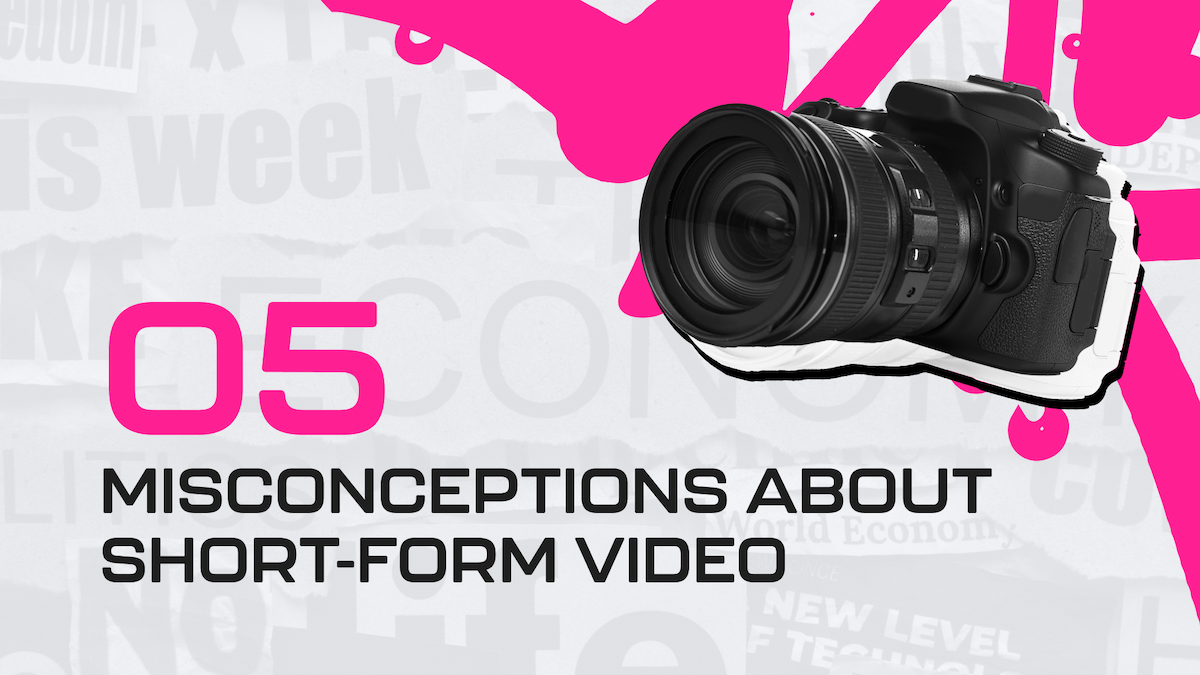Have you ever wondered why some brands instantly capture your attention, while others blend into the background? The answer often lies in the cleverly chosen colors that paint their visual landscape. Colors are not just visual elements; they are powerful emotional cues that can shape our perceptions and influence our behavior.
Imagine a luxury hotel room bathed in warm, inviting shades of gold and amber or a vibrant fruit stand brimming with fresh produce adorned in a palette of lush greens and vibrant oranges. These color choices instantly evoke specific emotions and create a unique atmosphere that aligns with the brand’s identity.
Step 1: Define Your Brand Personality
 Before you start selecting colors, it’s essential to understand the core personality of your brand. What are the values you want to convey? What emotions do you want to evoke? What kind of experience do you want your customers to have?
Before you start selecting colors, it’s essential to understand the core personality of your brand. What are the values you want to convey? What emotions do you want to evoke? What kind of experience do you want your customers to have?
For example, if your brand is upscale and luxurious, you might choose a palette of rich jewel tones like emerald green, sapphire blue, and ruby red. If your brand is playful and fun, go for a brighter and more vibrant palette like citrus yellow, sunshine yellow, and bubble gum pink.
Step 2: Understand Color Psychology
Color psychology is the study of how colors affect human emotions and behavior. Each color has its own unique meaning and association.
- Red: Passion, energy, excitement, danger
- Orange: Joy, warmth, optimism, creativity
- Yellow: Happiness, optimism, cheerfulness
- Green: Freshness, growth, nature, harmony
- Blue: Trust, stability, security, peace
- Purple: Luxury, royalty, mystery, wisdom
- Pink: Romance, femininity, tenderness, playfulness
Step 3: Choose a Color Scheme
There are many different color schemes to choose from. Some of the most popular include:
- Monochromatic: A color scheme that uses variations of a single color. For example, you could choose a palette of shades of blue, from light sky blue to deep navy blue.
- Complementary: A color scheme that uses colors that are opposite each other on the color wheel. For example, you could choose a palette of red and green, or orange and blue.
- Analogous: A color scheme that uses colors that are next to each other on the color wheel. For example, you could choose a palette of green, blue, and turquoise.
- Triadic: A color scheme that uses three colors that are evenly spaced around the color wheel. For example, you could choose a palette of blue, yellow, and red.

Step 4: Test Your Palette
Once you’ve chosen a color palette, it’s important to test it out on different materials and applications. This will help you to see how the colors look together and how they work in different contexts.
Step 5: Get Feedback
Show your color palette to friends, family, and colleagues. Get their feedback on which colors they like best and which ones they think work best for your brand.
Tips for Choosing the Perfect Palette
- Keep it simple.Use a limited number of colors to avoid overwhelming your audience.
- Use a consistent palette across all of your marketing materials. This will help to reinforce your brand identity.
- Don’t be afraid to experiment. There are no hard and fast rules when it comes to choosing colors.
Examples of Brands that Have Mastered Color
- Apple: Apple’s signature color is white, symbolizing purity and simplicity. They also use bright colors like red and blue to add a pop of energy.
- Google: Google’s color palette is based on the rainbow, representing diversity and inclusion. They use a variety of shades of blue to create a sense of calm and trustworthiness.
- Coca-Cola: Coca-Cola’s iconic red color is associated with happiness and energy. They also use white and black to create a sense of balance and sophistication.
- Starbucks: Starbucks’ color palette is based on coffee brown, representing warmth and comfort. They also use green and beige to add a touch of nature.
Conclusion
Color is not just about aesthetics; it’s about creating a deeper connection with your target audience. By understanding the psychology of color and choosing a palette that aligns with your brand’s personality and values, you can elevate your brand and establish a lasting impression.
Ready to elevate your brand? Reach out to schedule a free consultation with our creative team.

